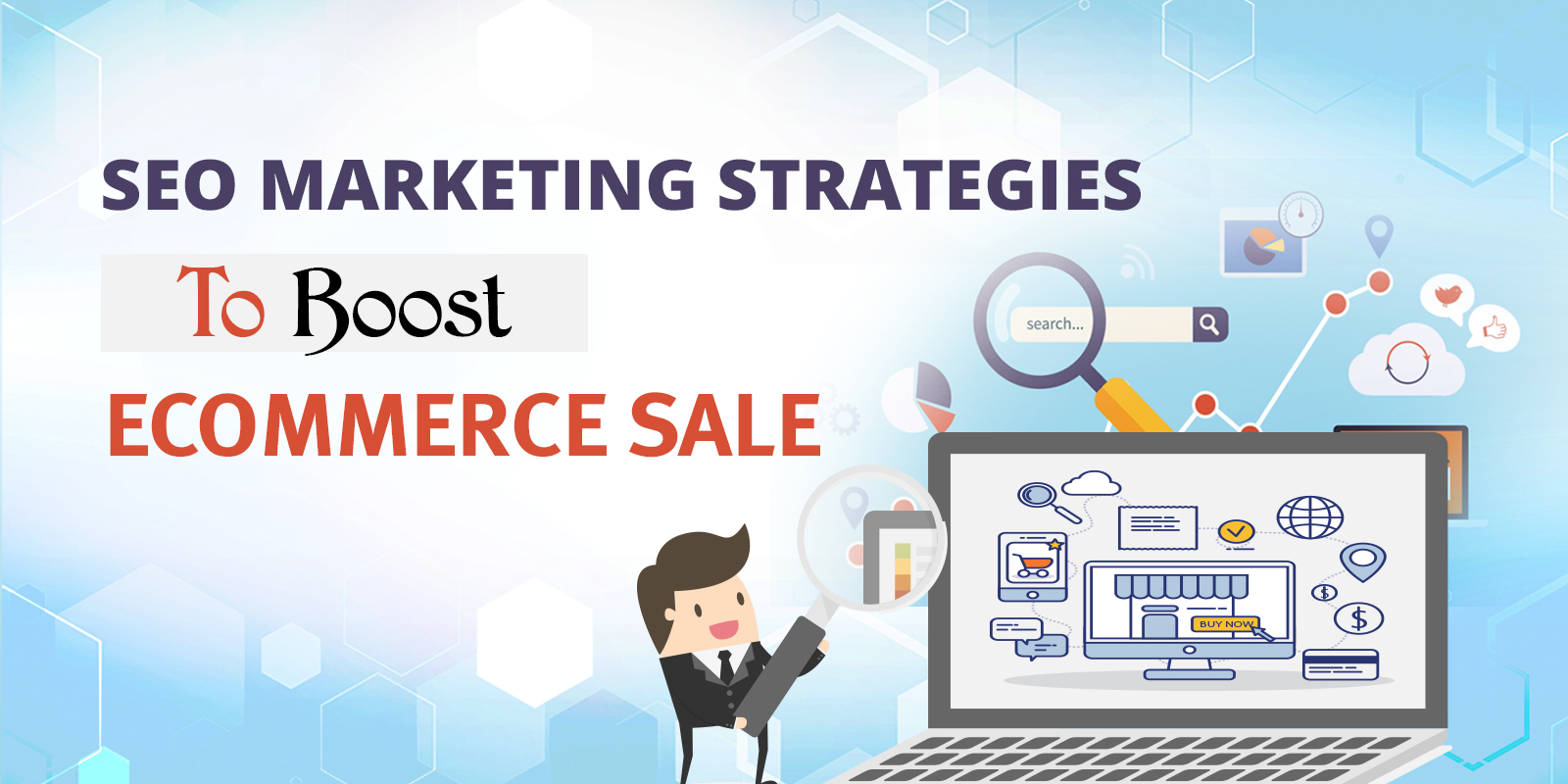Almost everyone around the world is aware of the status of e-commerce as a BIG business. The moment you take your business on the social platforms, it turns out to be an e-commerce business. Earlier, there used to be only two e-commerce namely Amazon and eBay. But now with an advancement in the technology and support of creative people, many competitors have sealed their position in it.
Being on the same platform, how will you ensure your position among the top e-commerce? This is also known to every business sector that there are some sites whose e-commerce SEO strategies are abhorrent. So, this infuses a hope in everyone.
A few of key e-commerce SEO strategies that will help you get a clear edge over the competitors are:
-
- Keyword Research for e-commerce sites.
- On-Page SEO.
- Technical SEO.
Follow-up of these strategies along with the construction of your e-commerce site will surely bring in sales. Get all set to dive into the world of tactics and make your sales on.
E-commerce SEO Strategy 1 – Keyword Research for E-commerce Sites
In just the time span of 60 seconds, the Google searches that take place are around the digit of 700,000. And, this would sound like a big number to you. Around 100,500 digital words are processed on an average by the consumers.
But, how will you ensure that customers find you at the top in search engines? Go for the targeted keywords list and reach your consumers easily. The keywords added in the content helps consumers to get engaged with the best companies in just a click. Add them in such a way that customers go for your site first.
E-commerce Strategy 2 – On Page SEO
Site Architecture
By the term architecture, it means the way something looks. Revamping of your e-commerce is a must if you need traffic. It is very important to organise the e-commerce site in the most amazing manner. It should be executed because “higher the number of e-commerce websites, higher the number of product pages are there.”
Also Read: Why Is Custom Ecommerce Development Better Than Standard Designs
Site Architecture gives customers an access to the website of their need. SEO can be hurt if your user does not get a good flow experience with your site architecture.
Building your Navigation and Site Structure
Prior to the structuring of a site and its navigation, it is crucial to have a blueprint of the same.
Stage 1: Important questions need to be asked to yourself
- What exactly the words the consumers use before hitting any site?
- What content the consumers look for once they get an access to the site?
- Which page on the site get the most traffic?
- Which is the top exit page?
Stage 2: Keep the links easy
Do not keep more than 100 links on your website.
Stage 3: Add breadcrumbs
This will make the users go directly for the content instead of URL.
E-Commerce Strategy 3- Technical SEO
Stage 1: Look for the flaws of your site
Know about the existing problems with your website and immediately try to fix it in a short span of time.
Stage 2: Get the most attractive reviews uploaded on the website
Reviews help the consumers in knowing more about the website like how it is and what actually it offers.
Stage 3: Execute Product Review Schema Markup
Schema Markup has been recognised as a new skill to implement for both SEOs and all around marketers.
Stage 4: Make sure you are using short, Keyword-rich URLs
The shorter the URL, the higher the rank on Google’s first page. It has been observed that e-commerce websites have longer URL in comparison to other sites. If a URL reaches more than 50+ characters, the Google starts to get confuses and weaken the effect of the keywords in your URL. Always make sure that you use SEO friendly terms in your URL and try to make them keyword rich.
Stage 5: Justify your product with fleckless content
Never copy the content of others just like on their website. This is a very common mistake usually e-commerce websites made. The copied content may even lead to prosecution. Therefore, it is crucial to come up with a unique content and product description.
Stage 6: Upload eye-catchy meta descriptions and titles
If meta descriptions look attractive and readable, then only the customers are convinced to read it more.
Stage 7: H1 Tags
In the content, it is very important to add at least one H1 Heading Tag on each and every page.
Stage 8: Choose HTTPS
Being a single platform for keeping the records of the users, it is important to keep all the information encrypted. So, it is recommended to make their domain as HTTPS rather than HTTP.
Stage 9: Produce a sitemap
A readable format of your site for search engines can be created by a sitemap. A complete list of URLs on your website can be organised through it. An e-commerce business gets a lot of benefit by creating a sitemap.
Stage 10: Don’t forget to calculate the website speed
Everything has become so fast and digital nowadays that people can’t wait for long for anything. According to the researches, it is calculated that about 40 per cent of visitors do not wait longer than 3 seconds for the opening of a site and even leave the site for another one. People need faster websites which get open in a click. The switched website can be your competitor too, so make it as fast as it can be.
Stage 11: Ameliorate for Mobile
Rather than using big screens or desktops, people are more friendly with their mobile and smartphones. There is a need to keep in mind that your website should be mobile-friendly and gets open in a moment.








Really informative, thanks for sharing this!
I Follow different SEO expert time to time but I believe SEO is more than reading. Its actually doing and getting good quality and relevant backlinks. Its really amazed me when i start getting relevant links. Results are awesome once you start getting quality links fast. Thanks for your Quality and informative Blog.
Nice blog and got the good point for Essential eCommerce SEO Marketing Strategies to Boost Sales